Nucleation Assisted Crystallization
On your dishes, faucets, shower walls, or coffee machines, if you have ever experienced white spots, then you have most certainly experienced hard water. Hard water consists mainly of calcium and magnesium, which form limescale and the chalky build-up on the heads and sinks of your tub. Over time, in pipes and plumbing, hard water will cause the scale to build up, increase your overall costs and shorten the life of your appliances.
Water softeners have been used for treating hard water since the early 1900s. Several types of water softeners are available, including salt-based ion exchange and electromagnetic water softeners. However, advancements in hard water treatment have been made over the last two decades. Enabling consumers to enjoy many of the advantages of a water softener without using salt. This technique is called Water Conditioning. The advantages of conditioning over softening are that it is less costly, does not require constant maintenance, and is much safer for the climate. There are a few water conditioning techniques that have been introduced to the market to date, but none are as successful as Nucleation Assisted Crystallization (NAC). In this article, we will address what this technology is, how it works, and the comparison with traditional water softeners, including experts’ opinions.
What is a Nucleation Assisted Crystallization System and how does it work?
The Nucleation Assisted Crystallization (NAC) System is a non-salt-based system that uses unique technology to transform hard dissolved minerals into harmless micro-crystals that are relatively insoluble. NAC is a media designed to reduce the negative effects of scaling from hard water without using salt and without removing the healthy minerals from the water. The system is an ideal way to protect expensive equipment from lime scale while cutting maintenance costs.
Working Principle: How does FILTERSORB SP3® NAC work?
When the hard water undergoes throw FILTERSORB® SP3 media beads in the pressure vessel, provide nucleation sites that cause dissolved calcium, magnesium, and bicarbonate to transform into micro-crystals. Once formed and detached from the surface of FILTERSORB® SP3 media beads, the crystals will not adhere to any other surfaces, even in the case of hot water applications.
When hard water is treated using NAC media, it neutralizes the negative effects of the hard water. The calcium and magnesium in the water combine on the surface of the NAC media beads and are eventually released back into the water in the form of non-soluble micro-crystals. In addition, the formed crystals provide essential minerals to the water and making it the healthiest water available. Above all, FILTERSORB® SP3 does not add up any sodium in the water as conventional softeners do.
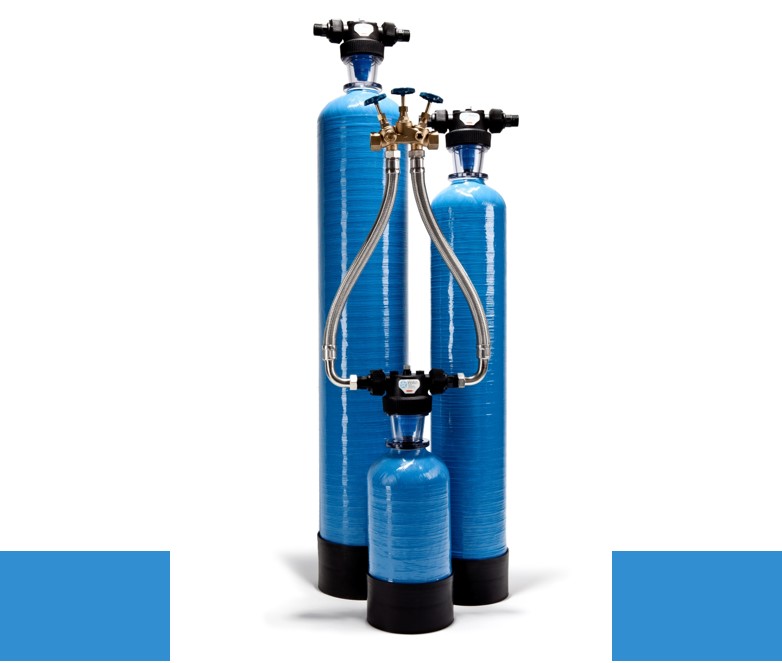
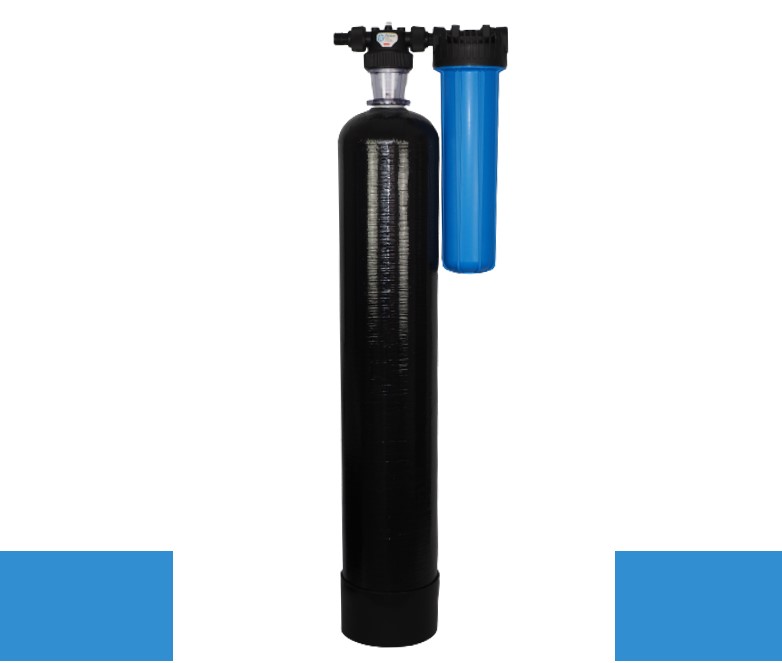
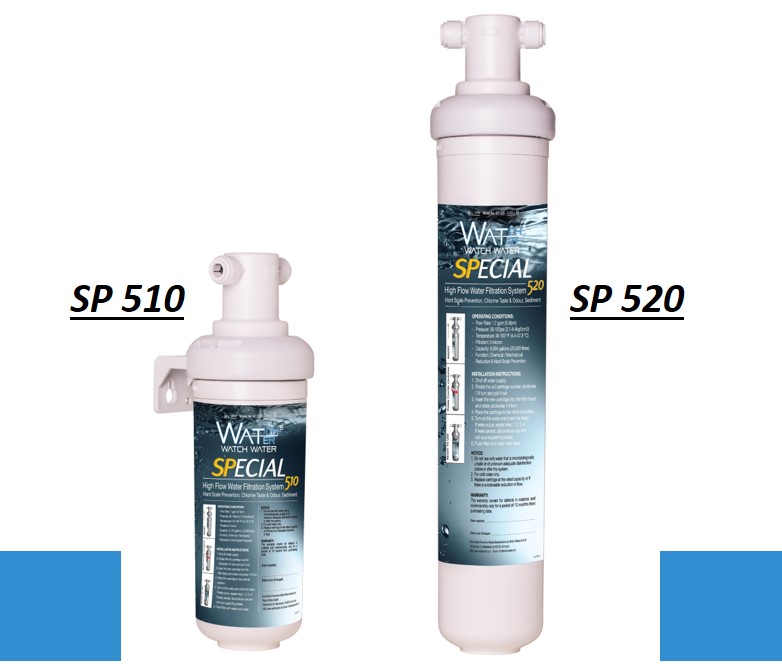
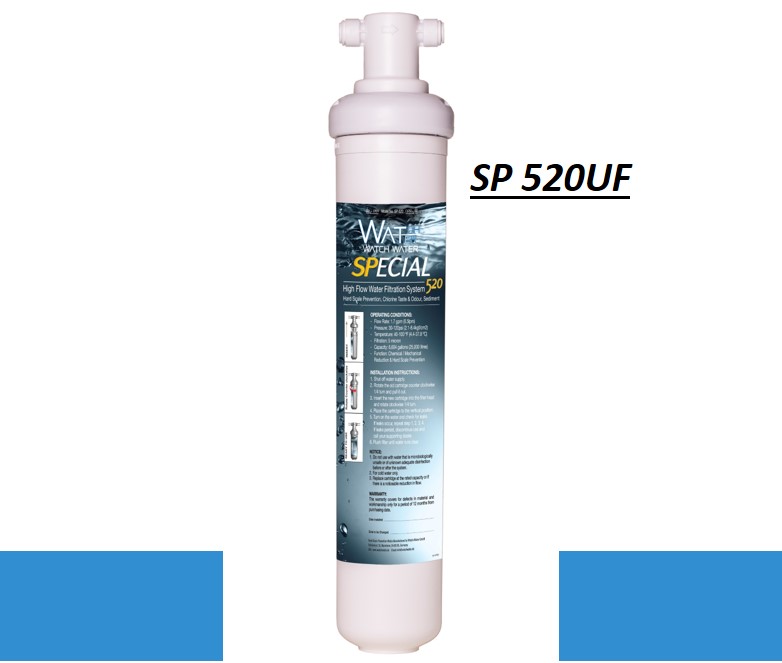
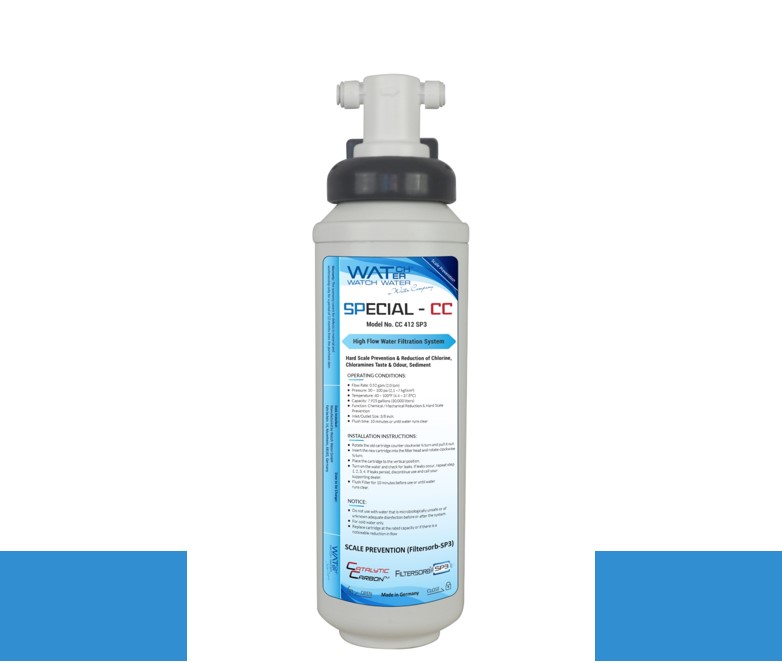
 Drinking Water Treatment
Drinking Water Treatment